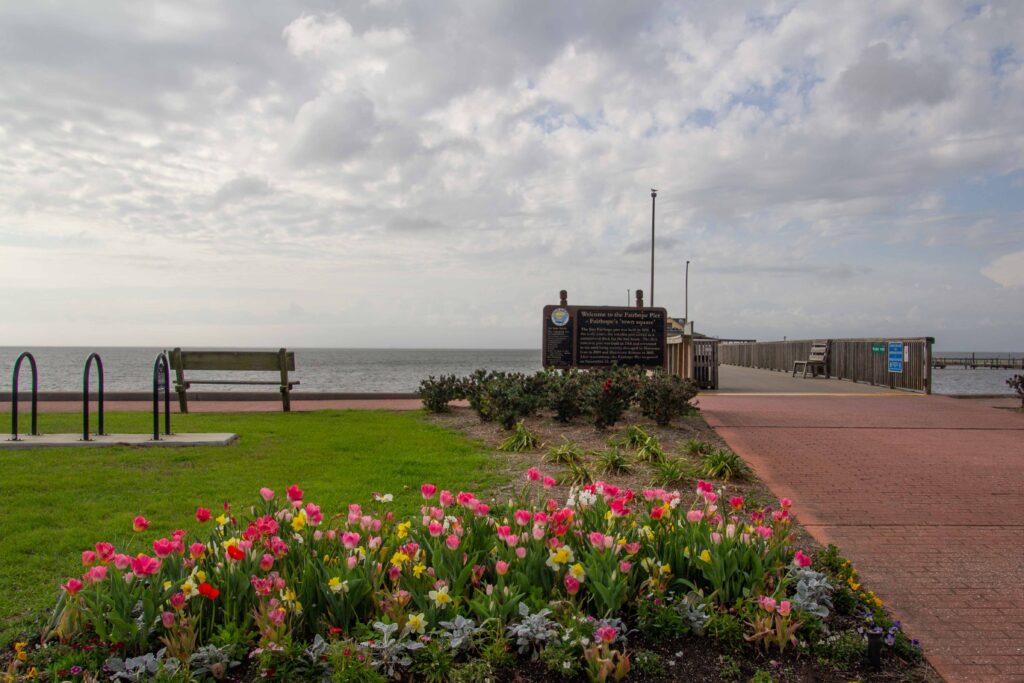In a single-tax colony, individuals do not own land. The community owns the land, and individuals lease the land from the community group. The community taxes people on the share of the land they lease, not on the property’s structure. Whether someone builds a tiny home or a mansion, the property tax is the same. Although there was a smattering of single-tax communities in the late 1800s, Fairhope, Alabama, and Arden, Delaware, are the only two that remain.
Never having heard of a single-tax colony before we visited the Fairhope Museum of History, we were intrigued.
Fairhope Founded by Populists
A group of populists from the Midwest subscribed to Henry George’s theory. George believed in everyone being equal financially. There should be no poor people and no wealthy people, and one way to accomplish that was through a single-tax system.
In 1894, led by Ernest Gaston from Iowa, a group of 28, including nine children, traveled south looking for a location to create a single-tax colony. They chose the high bluffs of Mobile Bay’s eastern shore. Believing the single-tax plan would give them a “fair hope” of success, they named the area Fairhope.
The group purchased land from area farmers. To earn money for the community, they built a quarter-mile-long pier and charged boats to dock at the pier.
The City of Fairhope is Established
The area continued to develop, both in the single-tax colony and outside of it. In 1908, the City of Fairhope was established, with about 500 residents. The city took over all of the municipal services.
By the early 1900s, with income and other imposed taxes, followed by the Great Depression, the plan of there never being any poor people didn’t pan out. The single-tax colony ran into financial issues itself. To avoid paying taxes on their parkland, they donated the pier, the beachfront property, and other parks to the city.

Single-Tax Colony Still Viable Today
The single-tax corporation still owns the land it initially purchased, less the parks they donated to the city. People still pay rent on the land and pay their property taxes to the corporation a year ahead of time. The corporation invests that money, which gives them capital to help fund community improvements. They’ve donated money toward a library, added brick walkways, and plant flowers. They’ve even donated money to the local hospital for a much-needed new wing.
The docent we chatted with at the museum lives in single-tax district. When she and her husband were looking for a new home, they crunched the numbers and found it didn’t make any difference whether they lived in the single-tax district or outside of it, in the municipality. The tax costs today are about the same.
Visit Fairhope Museum of History
It’s amazing the things we learn when we visit an area’s history museum. If we hadn’t gone to the Fairhope Museum of History, we would never have known about single-tax colonies.
The Fairhope Museum of history is located at 24 N Section Street in Fairhope, Alabama. Visit the website for hours, admission, and other details.
